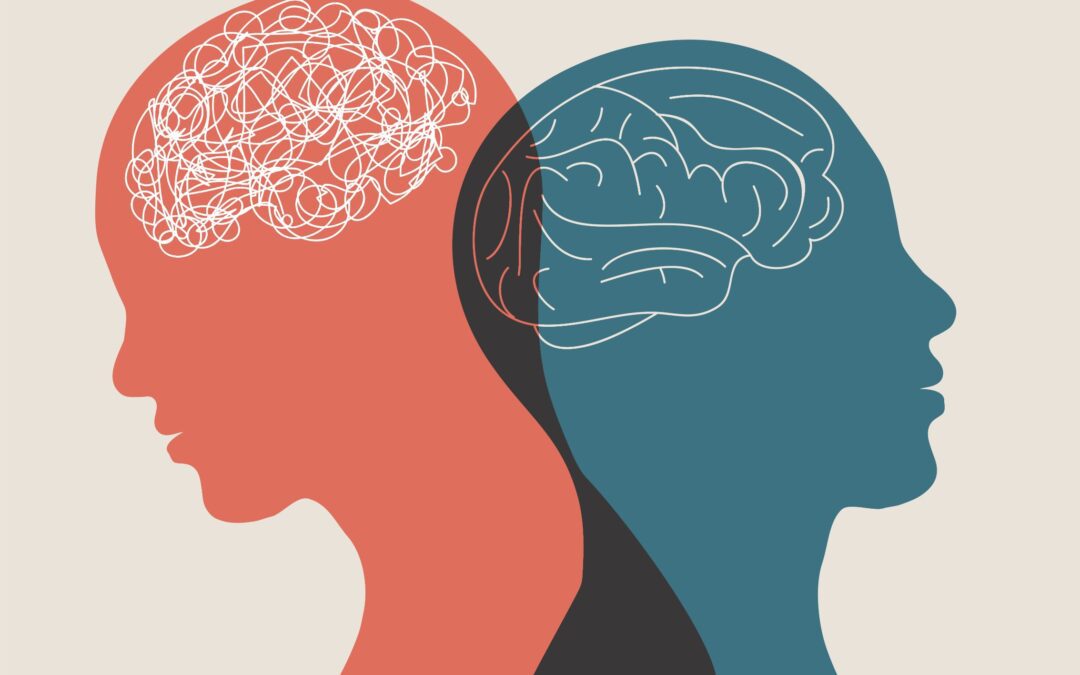It can be hard to understand human nature, especially when nature leads us to make harmful decisions. The questions seem endless. Why does someone need more and more of the same thing? Why doesn’t the small dose an addict started with have the same effect as it did in the beginning? How can this ever-growing need be stopped?
Before healing can begin, it is imperative that we learn as much as we can about the maladies that ail us, and addiction is a condition that can be confounding. What is commonly referred to as addiction can actually be split into three different conditions: tolerance, dependence, and addiction.
To help the ones we love to make the necessary changes in their lives, we first need to understand dependence vs. tolerance and tolerance vs. addiction, and how all three can relate to one another.
1. Tolerance vs. Addiction
When using an addictive substance over time, the pleasure received will not remain the same. Eventually, a small dose will fail to have the same effect as it once did and that is why addicts tend to need more and more as they continue using. They desire the same feelings of pleasure they received when they first started using the drug, and to do that, they increase the dose.
What is meant by tolerance to a drug? Here are three different medical definitions of tolerance:
- Merck Manual: Tolerance “is a person’s diminished response to a drug, which occurs when the drug is used repeatedly and the body adapts to the continued presence of the drug.”
- The Neurobiology of Opioid Dependence: Implications for Treatment: “Opioid tolerance occurs because the brain cells that have opioid receptors on them gradually become less responsive to the opioid stimulation…Therefore, more opioid is needed to produce pleasure comparable to that provided in previous drug-taking episodes.”
- The National Institute on Drug Abuse (NIDA) at the National Institutes of Health (NIH) notes, “The development of tolerance is not addiction, although many drugs that produce tolerance also have addictive potential.”
It is important to note that tolerance doesn’t only occur when using illicit substances. A person can develop tolerance to their prescription medication, especially when it comes to opioids.
Just because tolerance is developed does not mean that a person is addicted to a substance. It just means that the current level of the drug is no longer producing the same effects for that person.
Tolerance can even be split into three sub-categories:
- Acute, or short-term, tolerance occurs over a relatively short period of time. Cocaine tolerance is a common example.
- Chronic, or long-term, tolerance occurs when an individual’s body adapts to the effects of a drug under constant exposure over a long period of time, such as weeks or months.
- Learned tolerance can result from exposure to certain addictive substances such as alcohol. With learned tolerance, a person can begin to compensate for the effects of a drug after frequent exposure to the substance over months and years.
Keep in mind that tolerance does not develop equally for every effect of a drug. For example, a person taking an opioid medication, such as Oxycontin or an illicit opioid such as heroin, could gain tolerance to the euphoria gained from usage, but not to the side effect of respiratory depression, or slowed breathing rate. This means taking more of the substance to regain the euphoria could further slow the breathing rate, increasing respiratory depression.
2. Drug Dependence
NIDA explains that drug dependence and addiction can go hand in hand, but are slightly different, with addiction “characterized by an inability to stop using a drug,” while dependence is characterized by “physical dependence in which the body adapts to the drug, requiring more of it to achieve a certain effect.” Dependence also means that withdrawal symptoms, which can also be psychological, are likely to occur when one attempts to stop using the drug.
This means that while dependence and addiction can appear very similar, they are different. Dependence is specifically referring to the condition in which the body has adapted to a particular drug. If a drug-dependent person suddenly stops taking that drug, they will begin to experience measurable symptoms of withdrawal syndrome.
While each substance may produce unique symptoms, generally withdrawal symptoms can include:
- Irritability
- Joint pain
- Tremors
- Disturbed sleep
- Weakness
- Fatigue
Note that not all withdrawal symptoms are physical. Some experience psychological symptoms such as anxiety and depression.
Dependence is often confused with addiction, as most addicts develop a dependence on their drug of choice. However, drug dependence can occur even with non-addictive substances such as prednisone, a form of cortisol used to treat asthma.
Drug dependence is a medically treatable condition, with treatment strategies aiming to slowly wean an individual off of the substance they are dependent on.
In the case of individuals becoming dependant on illicit substances or prescription medications due to abuse instead of medical need, detox facilities may employ a controlled taper and/or medication to help ease withdrawal symptoms.
3. Addiction
Addiction is the most severe of these terms. When a drug user begins to experience an uncontrollable urge to use a drug and begins to spend many of their waking hours trying to obtain the substance, they are addicted.
NIDA puts it simply: “Addiction is a brain disorder.” This is because drugs have the ability to physiologically change your brain, with long-lasting effects that range from memory loss, mood swings, and difficulty thinking clearly and making decisions.
Addiction has a psychological component which is very persistent and occurs from a complex union of certain factors such as:
- Genetics
- Socioeconomic Status
- Family Environment
- Drug Accessibility
It is possible for sober individuals to relapse after years of abstaining. It is also possible to develop an addiction to certain behaviors, such as gambling.
Addictive drugs especially will overstimulate the brain’s motivation pathways, causing a person to be unable to cease or limit substance use and experience irresistible cravings for the substance.
Remember that tolerance, dependence, and addiction are not mutually exclusive. An addict can simultaneously experience all three conditions.
Learn More
Tolerance vs. addiction and dependence vs. tolerance can all seem very similar. Understanding their subtle differences can help the addicted person and their loved ones find the best path to freedom and healing.
If you or a loved one needs help facing an addiction, learn more about Steps Recovery Centers today, a drug rehab in Utah dedicated to treatments and help that work. Addiction is painful, but we can help one become strong again.
We encourage everyone to learn more about our approach to caring for addicts and their families.




